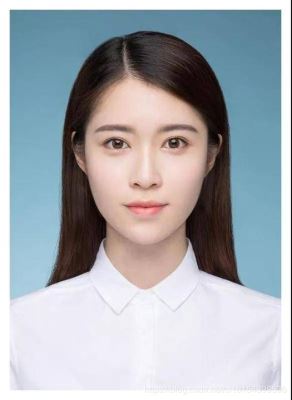运行时如果提示模块requests和simplejson不存在使用命令
pip install requests
pip install simplejson
import requests import json import simplejson import base64 #第一步:获取人脸关键点 def find_face(imgpath): """ :param imgpath: 图片的地址 :return: 一个字典类型的人脸关键点 如:{'top': 156, 'left': 108, 'width': 184, 'height': 184} """ http_url = 'https://api-cn.faceplusplus.com/facepp/v3/detect' #获取人脸信息的接口 data = { "api_key":"x2NyKaa6vYuArYwat4x0-NpIbM9CrwGU",#访问url所需要的参数 "api_secret":"OuHx-Xaey1QrORwdG7QetGG5JhOIC8g7",#访问url所需要的参数 "image_url":imgpath, #图片地址 "return_landmark":1 } files = {'image_file':open(imgpath,'rb')} #定义一个字典存放图片的地址 response = requests.post(http_url,data=data,files=files) res_con1 = response.content.decode('utf-8') res_json = simplejson.loads(res_con1) faces = res_json['faces'] list = faces[0] rectangle = list['face_rectangle'] return rectangle #第二步:实现换脸 def merge_face(image_url1,image_url2,image_url,number): """ :param image_url1: 被换脸的图片路径 :param image_url2: 换脸的图片路径 :param image_url: 换脸后生成图片所保存的路径 :param number: 换脸的相似度 """ #首先获取两张图片的人脸关键点 face1 = find_face(image_url1) face2 = find_face(image_url2) #将人脸转换为字符串的格式 rectangle1 = str(str(face1['top']) + "," + str(face1['left']) + "," + str(face1['width']) + "," + str(face1['height'])) rectangle2 = str(str(face2['top']) + "," + str(face2['left']) + "," + str(face2['width']) + "," + str(face2['height'])) #读取两张图片 f1 = open(image_url1,'rb') f1_64 = base64.b64encode(f1.read()) f1.close() f2 = open(image_url2, 'rb') f2_64 = base64.b64encode(f2.read()) f2.close() url_add = 'https://api-cn.faceplusplus.com/imagepp/v1/mergeface' #实现换脸的接口 data={ "api_key": "x2NyKaa6vYuArYwat4x0-NpIbM9CrwGU", "api_secret": "OuHx-Xaey1QrORwdG7QetGG5JhOIC8g7", "template_base64":f1_64, "template_rectangle":rectangle1, "merge_base64":f2_64, "merge_rectangle":rectangle2, "merge_rate":number } response1 = requests.post(url_add,data=data) res_con1 = response1.content.decode('utf-8') res_dict = json.JSONDecoder().decode(res_con1) result = res_dict['result'] imgdata = base64.b64decode(result) file=open(image_url,'wb') file.write(imgdata) file.close() if __name__ == '__main__': face1="mingxing" face2="meizi" face3=face1+"_"+face2 #把face2的脸换到face1图片中的脸上去 image1 = r""+face1+".jpg" image2 = r""+face2+".jpg" image3 = r""+face3+".jpg" merge_face(image1,image2,image3,100)
把图片与py文件放在同一目录下
原图mingxing.jpg

要换的脸图meizi.jpg

换完以后的图mingxing_meizi.jpg
